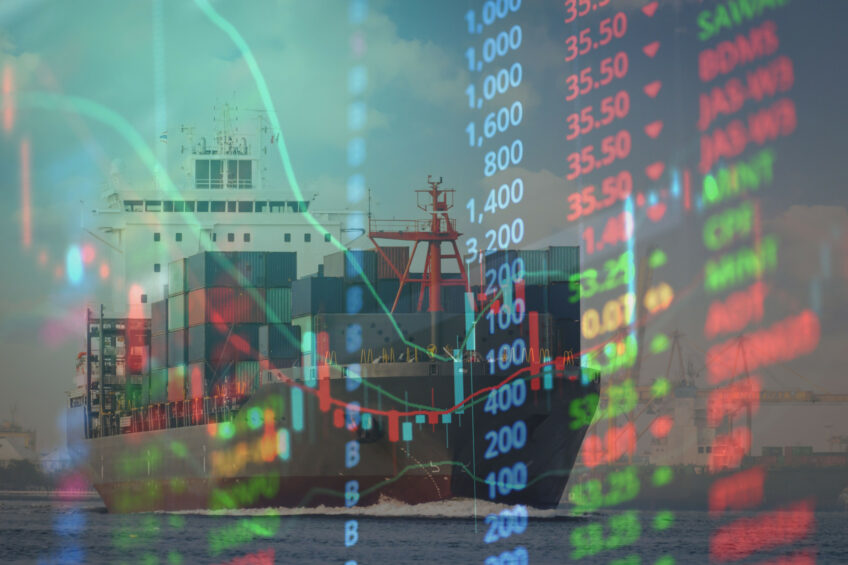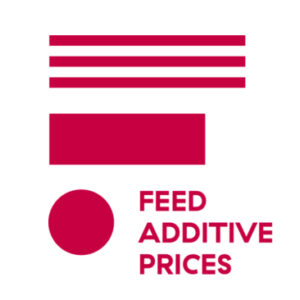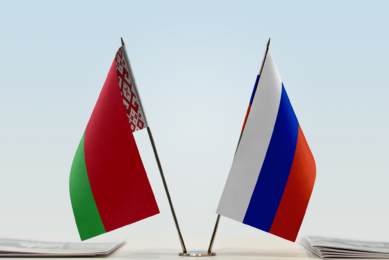Vitamin Prices: Rising container freight prices start to weigh heavily

Vitamin A suppliers continue to try to increase prices, but without any significant effect so far. Same goes for vitamin E, but the only thing that keeps the price up right now is the increased container freight rate. Learn more in this week’s feed additives snapshot (week 24)
Vitamin B1 remains relatively firm. Vitamin D3 500 was showing a firmer tone FOB China in terms of price offers, but actual transactions at higher prices have not been seen. Despite reduced output and announced summer maintenance, the price of vitamin C remains stable to weak in some cases. The remaining vitamins do not really show any significant changes compared to previous weeks. The container freight rate increases start to weigh as well on relatively low priced vitamins.
In partnership with Feed Additive Prices
Vitamin E 50%
The market sentiment is less firm compared to previous weeks. Buying activity has slowed down and the wait-and-see attitude returned in most regions. Delays in shipments, price increase announcements, announced plant maintenance, low stock levels, and decent consumption had recently led to a firmer market but those arguments are losing their momentum now. High container freight costs add to the final vitamin E price though. Q3 is mostly contracted.

Here the market prices of 3 important vitamins are tracked – check it out…
Vitamin A 1000
In the USA, there are still attempts by suppliers to increase the price. They indicate stocks are low and material is delayed. No significant changes are seen though. Also in other regions. several potential market disruptions are being communicated like price increases, reduction in production output, maintenance periods, and supply delays. But so far the price is moving only slightly up, or even remains stable, and buyers are not reacting really to any of these communications. Prices are stable in most regions. The market is quiet. A good portion of Q3 is contracted by now.
Vitamin D3 500
Prices offered FOB China are still firmer and there is a strong desire by manufacturers and suppliers to increase prices. Container freight price increases start to be significant now. The actual transaction prices in the regions have stayed mostly stable to only slightly higher though. The market feels quiet, despite the delays ex-China and higher container freight costs and higher fob China prices. A portion of Q3 is contracted already.
Vitamin B2 80%
Recently there have been some attempts by suppliers to increase prices, but so far there has been no reaction from the market. In general, the vitamin B2 market remains quiet and stable. Prices in Asia are still relatively low, while prices in Europe and the US are higher. Some of Q3 is already contracted for strategic reasons.
D-Calpan
A slight increase in prices was seen recently, as container freight increases start to be significant now. Despite that, prices remain stable in most regions at a low level as supply in general is ample and suppliers are keen to maintain market share and move stock. Already some cover ahead is taken into Q3 for strategic reasons.
Vitamin B3
Most suppliers have stopped reducing prices further, and there is a mostly stable tone seen now. Demand is still said to be sluggish, so a significant price increase in the short term is not very likely. In general, the market feels quiet and prices are mostly stable at a relatively low level. If any increase is seen, it is led by higher container freight rates. Availability seems to be OK in most regions. There is some cover taken into Q3 and in some cases even further when prices were lower compared to today.
Biotin
No changes are seen in the biotin market at the moment. Supply is ample and long-term contracts have been concluded and/or pending. Prices remain historically low. Some of Q3 is contracted and in some cases, buyers took long-term contracts well into late 2024.
Vitamin C 35% mono
Even though some manufacturers have indicated a reduction in their production output, or going into a long summer maintenance, the market sentiment has turned a bit weak over the past few weeks. No major changes are seen, but in some regions, vitamin C prices have come down a bit and demand is sluggish. Prices are still at a higher level though, compared to a year ago. There are still long-term contracts in place that were concluded at the previous low price levels and carry well into 2024. Q3 is mostly contracted based on lower-priced old contracts.












